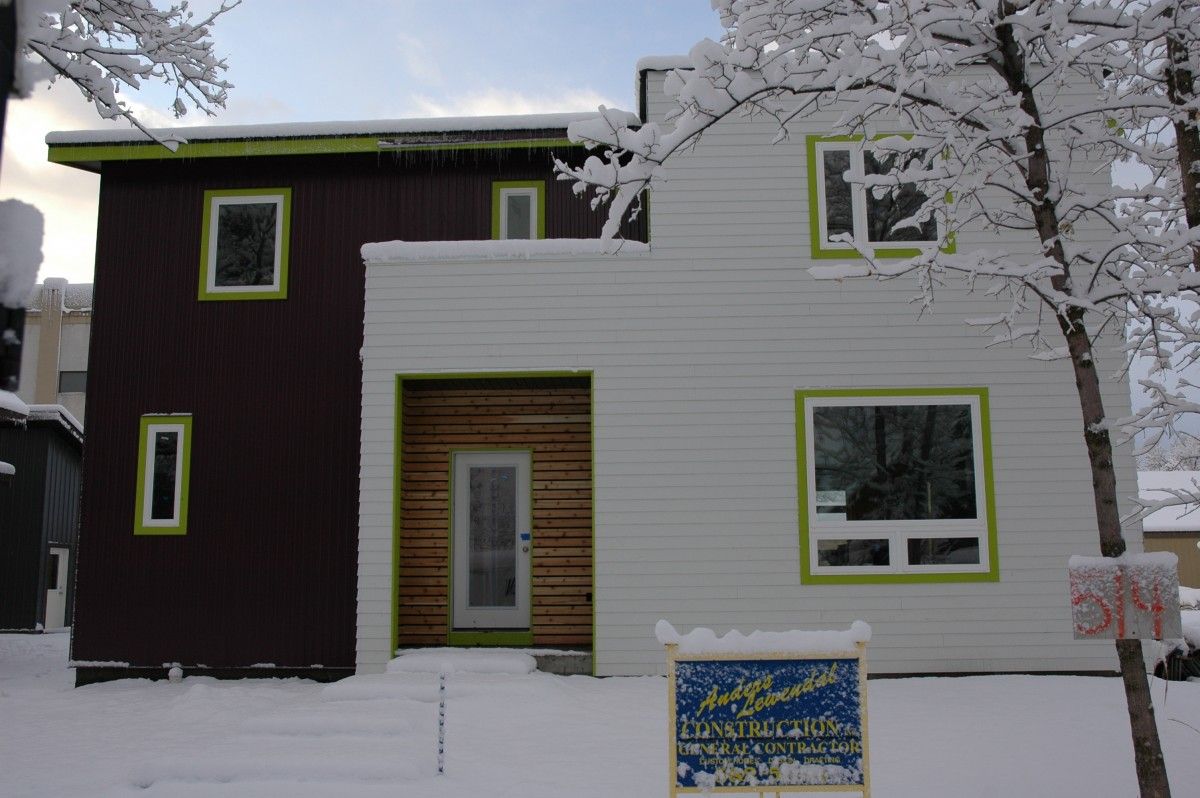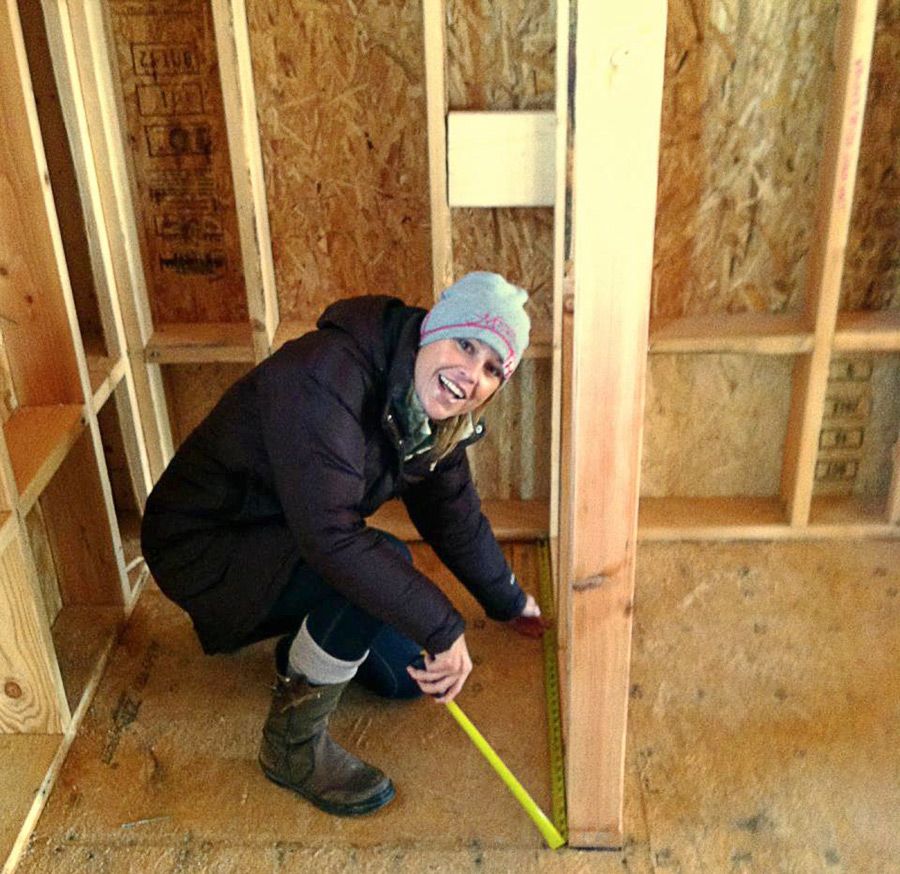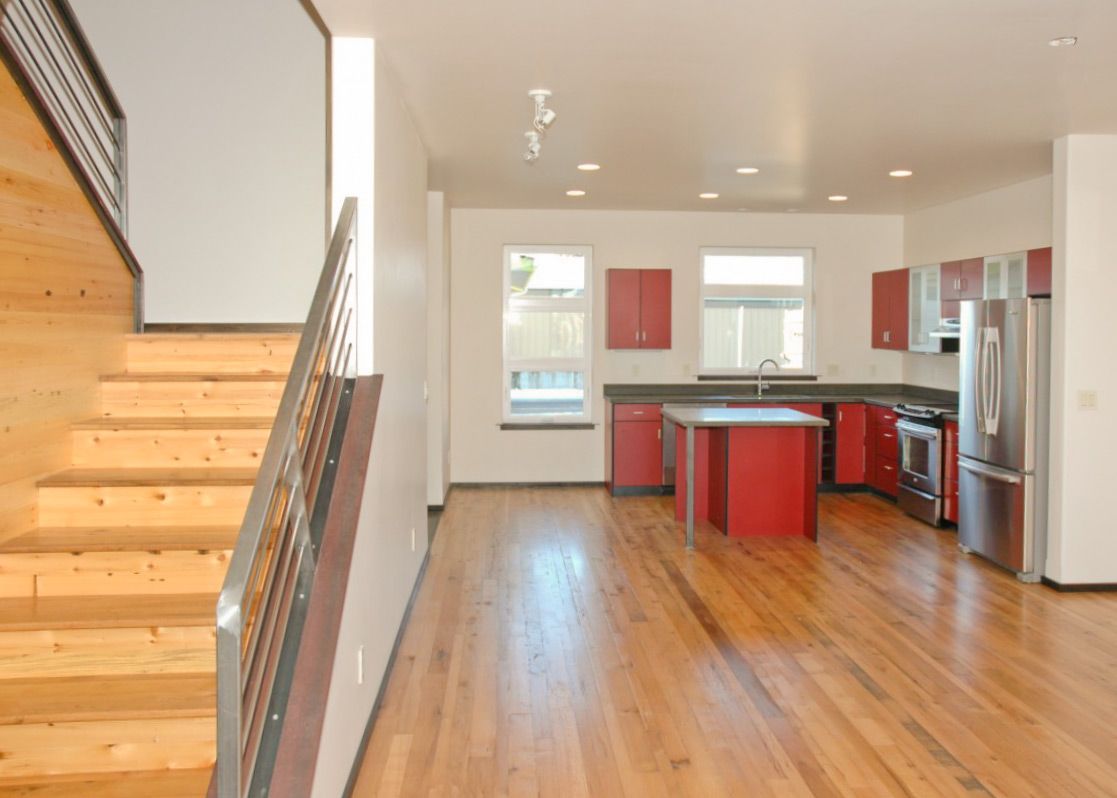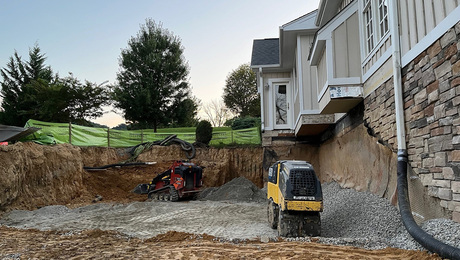
Forget, if you can, the charming Saltillo tile. Ignore the supercheap Chinese solar panels, and skip the South American hardwood decking, no matter how long the stuff is supposed to last. Instead, stick to American-made goods as you build your new house. It won’t cost much more, maybe nothing more, and you’ll help create U.S. jobs.
That, at least, is the message of two separate buy-American web campaigns launched by builders who argue that even a modest increase in the use of American-made goods will mean hundreds of thousands of new jobs here.
The effort started with Anders Lewendal, a builder in Bozeman, Mont., who described his All American Home in an article that appeared in The New York Times in 2011.
Lewendal’s construction company had been asked to build a home in Bozeman with as many local products as possible. He and his son Jake were curious about the impact a buy-American effort might have, and with research calculated that shifting just 5% of construction spending nationally from foreign to U.S. products would create 220,000 jobs. If the country shifted 5% of its overall consumer spending, 3 million American jobs would be created, they say.
The Lewendals started the All-American Home Initiative and encouraged builders to take the “5% pledge.” They’ve been interviewed many times since then, including one call from the BBC in the middle of the night, and have appeared on 20 or more talk shows.
“I’m not alone in this,” Anders Lewendal says. “There are probably a dozen to 15 builders in different states doing the same thing. It seems to resonate with people, especially during a recession–what can we do without legislation to improve our economy, and buying local will do that.”
Parallel effort by Delaware builder
As word spread, Marnie Oursler, a builder in Bethany Beach, Del., was asked by a client who’d seen a television interview on the Lewendals whether Oursler could do the same thing when building her house.
Oursler discovered that the cost of using American-made products is within 0.5% of using foreign-made materials, and she approached 84 Lumber, a building products retailer with operations in 30 states, with the idea of looking for a wider audience. This eventually resulted in the We Build American initiative, which officially launched at the 2012 International Builders Show.
The organization’s web site now lists more than 180 companies in 40 states that can supply U.S.-made products to builders. The site not only lists products by category but also has a searchable database of builders who have pledged to use American-sourced goods.
Buying American products can actually save money, its organizers say.
“Indeed, with reduced labor costs resulting from the use of quality American building products, the true cost of building American can often be less than building with foreign-made materials,” 84 Lumber said at the time of the program’s launch. “And given the generally better quality of American-made products, repair and maintenance costs may be lower over the life of the home.”
Oursler says she’s increased the proportion of American-made materials in the houses she builds from between 40% and 60% to as much as 95%. One product that consistently gives her problems is light fixtures. In general, though, it’s getting easier to find what she needs from American suppliers.
“At first it was hard, but now I know where to go,” she says. “I know which vendors are from the United States. It was really only a challenge for the first one.”
Finding American products is not so easy
As the Lewendals and others have discovered, it’s not always easy to determine which products are made in the United States, or even to define “American made” with much precision. Something could be assembled in an American factory, for example, with a mix of U.S.- and foreign-produced components.
For example, Lewendal found he could get a microwave oven that was built in a U.S. factory with U.S. sourced parts–with the exception of a computer chip that was made abroad. His clients didn’t want a microwave, as it turned out, so that chip wasn’t an issue.
So what constitutes a U.S. product? “That’s in the eye of the beholder,” Lewendal says. “The U.S. government thinks 50% qualifies, but I figure something like 98% qualifies. When I built the All American Home, every lightbulb and screw–everything was produced in this country. I qualify it by saying it’s predominantly produced in the U.S.”
Tracking down the origin of goods can take time, and a bit of perseverance. Lewendal discovered that Senco produced the 2-in. finish nails he wanted in both China and the United States, but the U.S. factory only ran when there were supply-chain issues involving the Chinese plant. Labels on the boxes were identical. So he went directly to the U.S. source.
“I got my lumberyard to call a manager at Senco on the production line and got him to walk down there, pull off some boxes of nails and FedEx them to me,” he says. “I just want to prove the point that it can be done.”
There is virtually nothing that can’t be sourced here, provided builders are willing to do the research, Lewendal says. But insisting on American-made goods may limit a builder’s options. Light fixtures and hardware are two examples Lewendal cites, and builders and architects elsewhere have found their own stumbling blocks.
Yet the real point is to use more products made in the United States, Lewendal adds, not necessarily only those made here.
“I’m not suggesting that everyone builds 100% or buys 100%,” he says. “We live in a global economy. There’s nothing wrong with buying foreign-made parts. I’m suggesting that whether you live in London or Bozeman or Portland or Hong Kong, you buy local. It really does make sense all around.”
Fine Homebuilding Recommended Products
Fine Homebuilding receives a commission for items purchased through links on this site, including Amazon Associates and other affiliate advertising programs.

Affordable IR Camera

Reliable Crimp Connectors

Handy Heat Gun





























View Comments
In 2001-12 I managed a federally funded public works project that had "Buy America" requirements for all products containing steel. It was a very suprising experience to realize how difficult it was to find American made steel products. But in the end we met the goal, and it raised the awareness level of all of us who worked on the project. Many of us are now wearing only American made jeans, work shirts, boots, etc:. My wife checks where every food product is made at the grocery store and only buys American products. I look at the origin of almost everything I buy now and go out of my way and am perfectly willing to spend a little more for American made. This is the no-brainer answer to our nations economic situation. We need to create demand for American products. I am so glad to see the homebuilding industry stepping up to the plate for the good ole USA.
Labor prices continue to raise in China and by the time you pay shipping it is making it easier for companies to keep or bring back manufacturing to the United States. I have worked on a lot of projects that looked at both off-shore manufacturing and US manufacturing. It took being creative in the design but it almost always ended up being cheaper manufacture in the US. The one exception is tooling (plastic injection molds specifically) - after many years in product development I wish American companies could figure out how to make cheaper tooling.